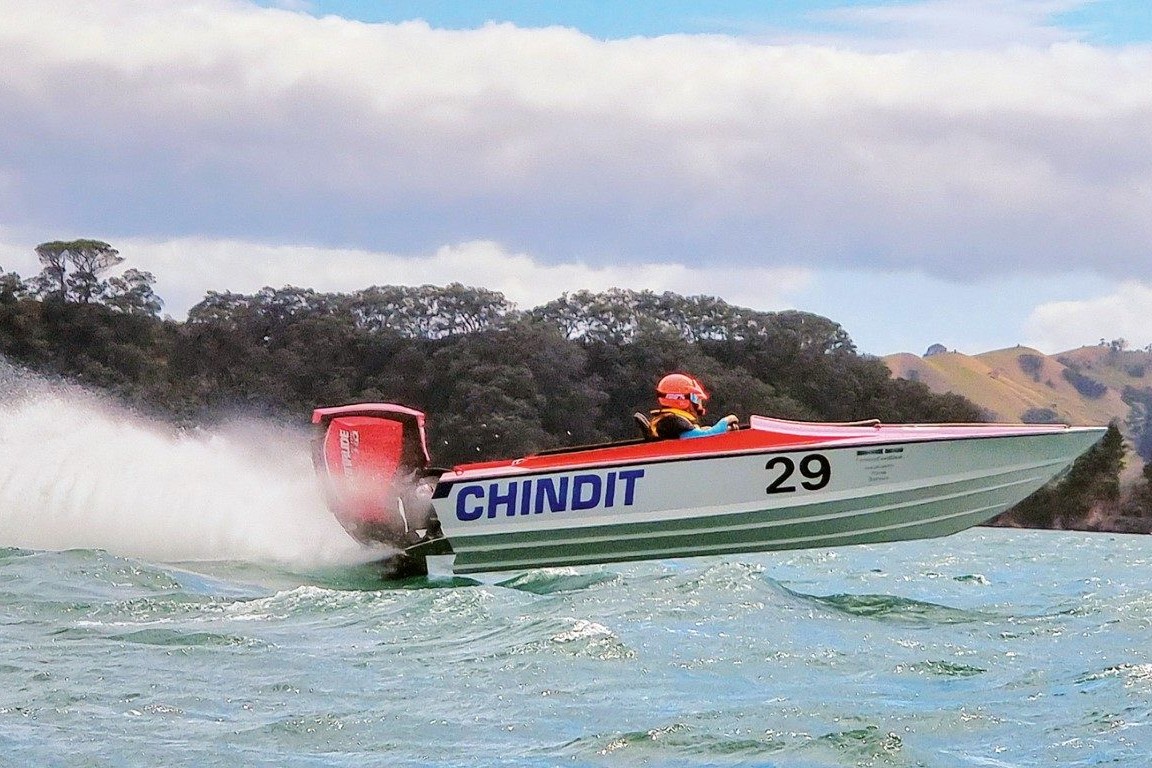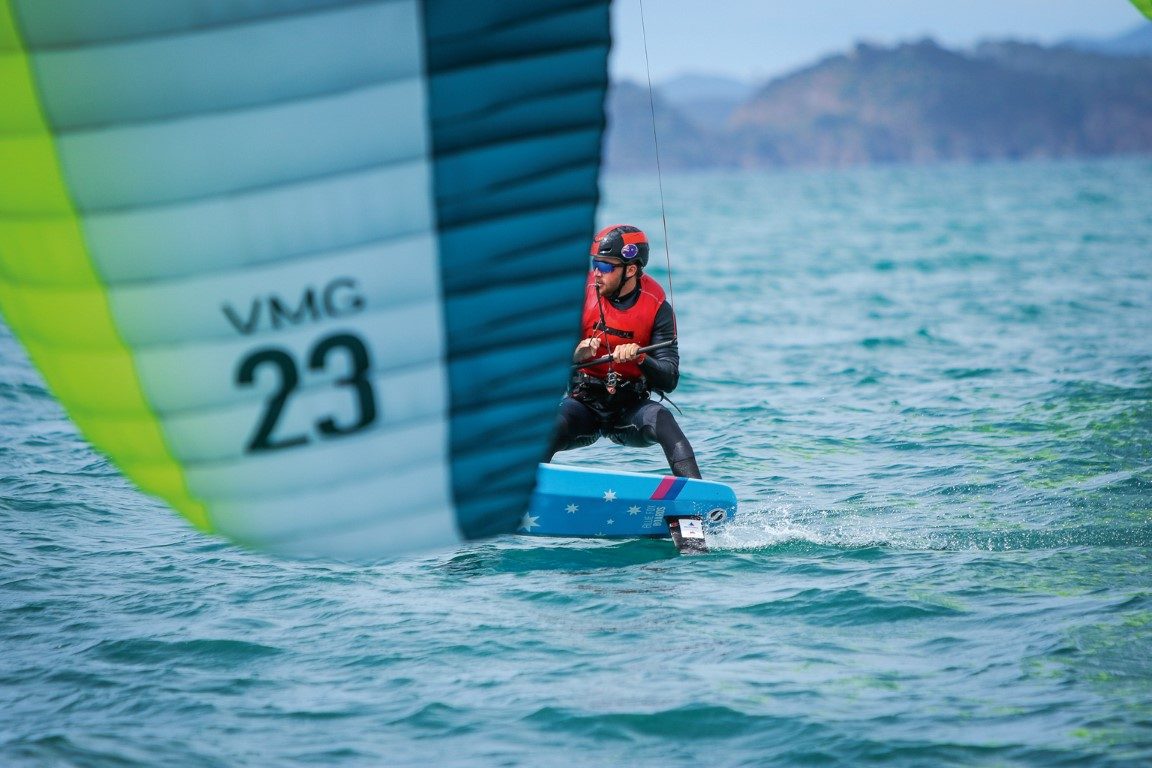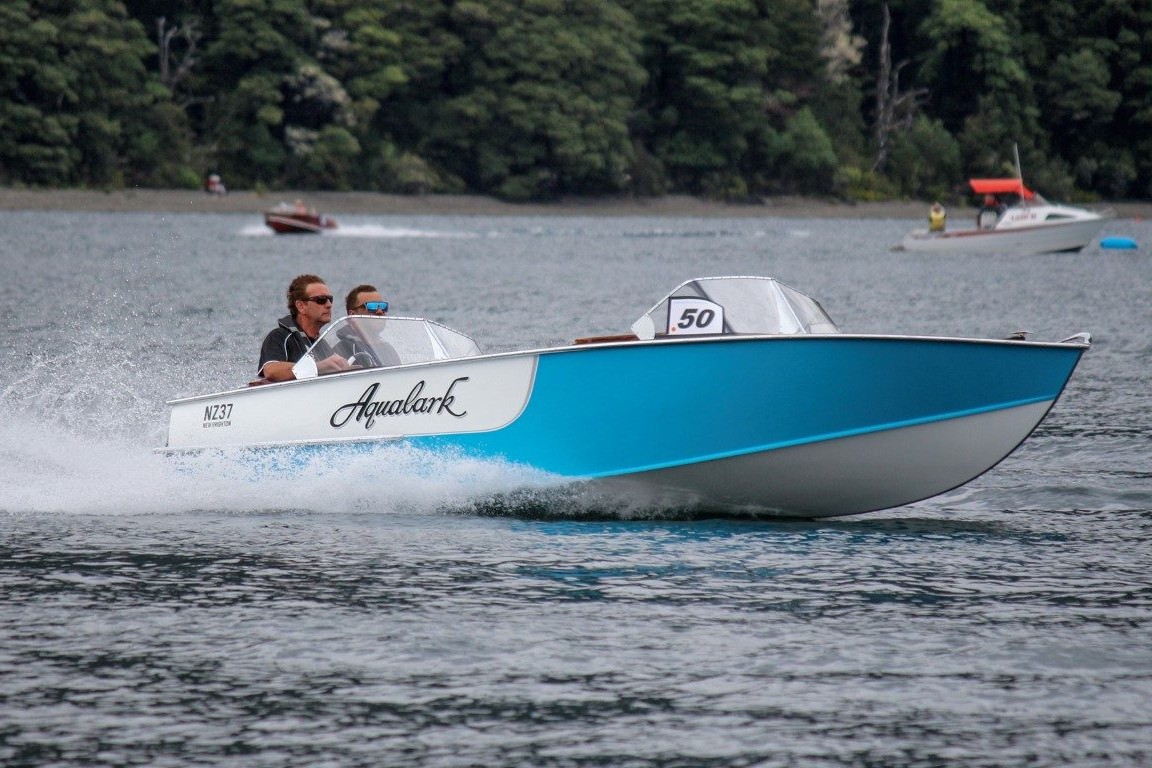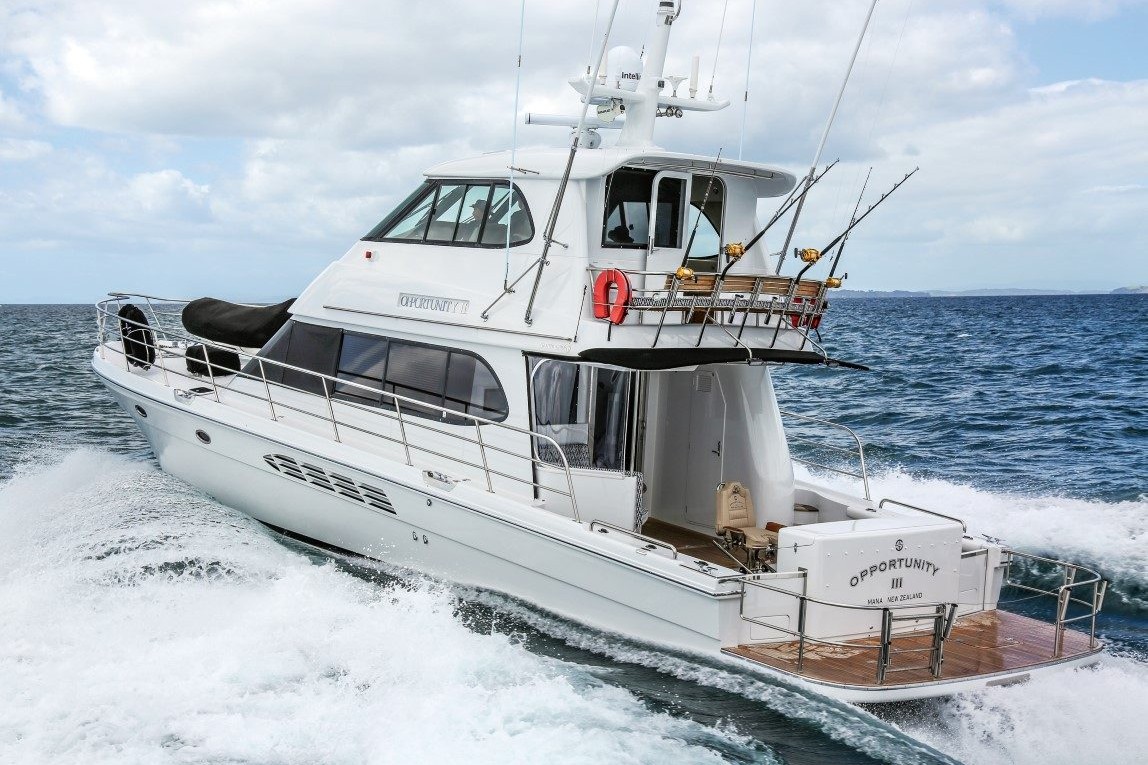Mediterranean Mission
Seasoned cruising sailor and occasional Boating NZ contributor John Woolfe relates a memorable post-Covid cruise through the Greek Islands…
Cruisers, go green!
Global warming is all over the media, especially when yet another natural disaster hits, which is more and more frequently.
Total Bliss
Sandspit Marina is home to Bliss, a strikingly handsome 15.8m Elite sedan-style luxury motor yacht built to the highest standards by…
Exploring Port Charles; The forgotten port
It can be an epic journey there, and it’s a relatively short creek – complete with surprises. The adventure is well worth it, on both…
2024 Opportunity Knocks
Sell and buy new or totally refurbish a boat they knew well and loved? That was the question for the owners of this Salthouse 57.
Arakana and Tamariki Jnr Standing out from the crowd
Passionate, enthusiastic boat owners and their devotees were everywhere you looked at the inaugural Wooden Boat Festival, held in…
Power-on: Trim tabs for safety and speed
Trim tabs come in all shapes and sizes and can be fitted in a variety of ways.
Up, up and away!
Everything is evolving, but foiling will always remain fast. And fun. And challenging. And addictive.
World-class show
Nelson’s Antique and Classic Boat Show has been named the ‘most unique boat show on the planet’,
Opportunity knocks
Building something comparable today would cost twice the original build price and around four times what it cost for the refit.
Tropical hopping
Of the large fleet of Kiwi-boats that set out each year for Fiji, quite a few sail directly to Tonga, some to the Cook Islands, but hardly…
P Class Centenary Celebrations
Love them or hate them the unpretentious and pugnacious P Class has been around for 100 years.












